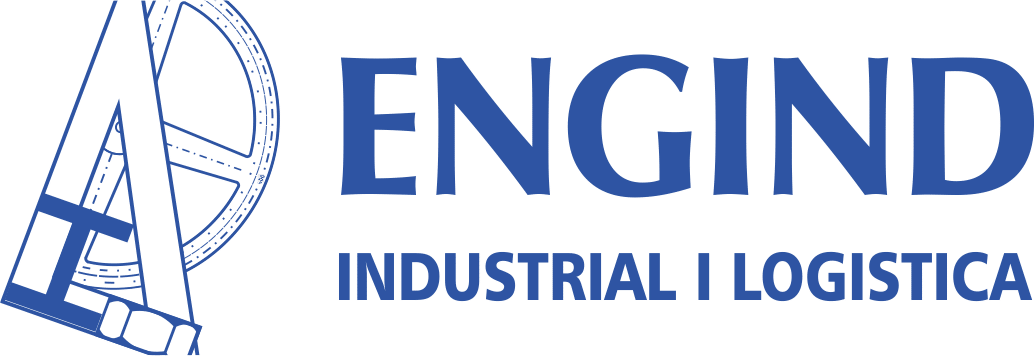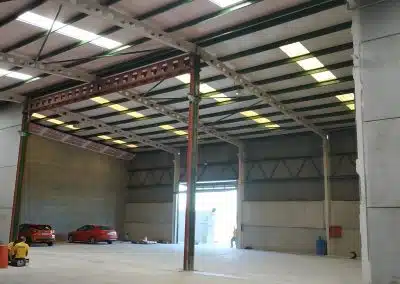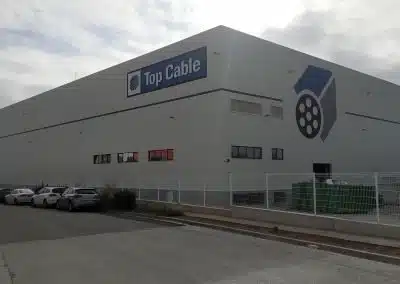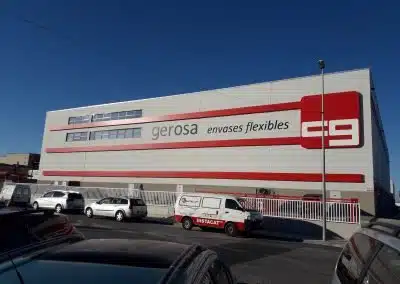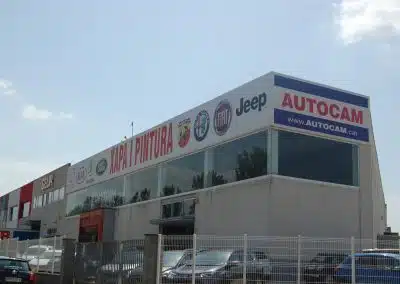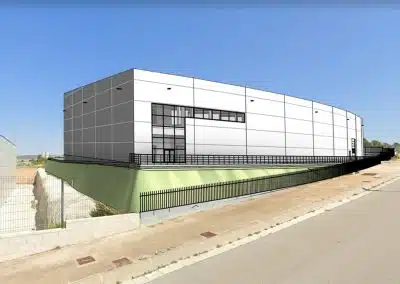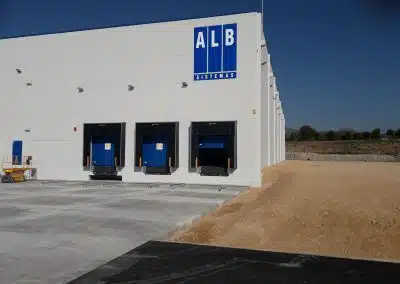> Industrial Engineering Services
Facilities Projects
MEP in BIM
Boost your facility and construction projects with our revolutionary approach to MEP BIM.
Are you ready to take your installation projects to the next level? Discover the power of Engind and our experience in MEP (Mechanical, Electrical and Plumbing) BIM (Building Information Modeling). We ensure impeccable planning and execution for any type of infrastructure.
Types of installations
what we take care of
Projects and technical design reports for:
- New installation
- Installation Expansion
- installation reform
Legalization of an existing installation
Initial Inspections
periodic checks
Significant Modification (PCI)
Exceptional procedure (PCI)
facilities projects MEP (Mechanical, Electrical and Plumbing) in BIM (Building Information Modeling) they represent a revolutionary approach in the design and management of building systems. At Engind, we are proud to offer specialized services in the implementation and execution of projects MEP in BIM.
Let us explain more about MEP installation projects in BIM and how we can help you.
The MEP systems they cover a wide range of essential components for the efficient operation of a building, such as HVAC, electrical, plumbing, lighting and more. Traditionally, the design and coordination of these systems have been challenging due to the complexity and the need for collaboration between different disciplines.
However, with the BIM adoption, MEP facility projects have undergone a significant transformation. BIM enables the creation of detailed three-dimensional models that integrate accurate information about MEP systems into the context of the entire building. This makes it easier to plan, design, coordinate and manage these facilities more efficiently and accurately.
The adoption of MEP facility projects in BIM has allowed us to obtain numerous benefits, such as greater design precision, better coordination between disciplines, a reduction of errors and costs, an optimization of resources and a greater operational efficiency of the MEP systems.
BT and MT/AT electrical installations
Type of Inspections:
- Logistics warehouses (5)
- Locals of public concurrence (5)
- Industrial facilities with installed power > 100 kW (10)
- Vehicle charging stations (5)
- Photovoltaic installations (5)
- High voltage electrical installations for private companies (5)
refrigeration installations
Type of Inspections:
- Installations with fluorinated refrigerant charge ≥ 5,000 T (1)
- Facilities with fluorinated refrigerant charge between 5,000 and 500 T (2)
- Installations with fluorinated refrigerant charge between 500 and 50 T (3)
- Control of leaks in devices of ≥ 5 T (1)
- Leakage control in devices of ≥ 50 T (6 M)
- Leakage control in devices of ≥ 500 T (3 M)
thermal installations
Type of Inspections:
- Systems with generators of P ≥ 70 kW (4)
- Facilities 15 years old (or more) and P ≥ 70 kW (10)
- Systems with generators of 20 kW ≤ P ≤ 70 kW (5)
- Systems with generators (Gas) of P ≤ 70 kW (4)
- Systems with generators (Other fuels) of P ≤ 70 kW (2)
Fire protection facilities
Type of Inspections:
- Risc Baix industrial establishments (5)
- Industrial facilities of Risc Mig (3)
- High Risk industrial establishments (2)
- The rest of the facilities correspond to the RSCIEI (10)
- Existing facilities at the entry into force of the RIPCI (10)
pressure equipment
Type of Inspections:
- Containers for gases, liquids and cryogenic Cat. I-2 and II-2 (8)
- Containers for gases, liquids and cryogenic Cat. I-1, II-1, III-2 and IV-2 (level B) (6)
- Containers for gases, liquids and cryogenic Cat. I-1, II-1, III-2 and IV-2 (level C) (12)
- Boilers and equipment subjected to flame, Cat. I-II-III and IV (level B) (3)
- Boilers and equipment subjected to flame, Cat. I-II-III and IV (level C) (6)
chemical storage
Type of Inspections:
- Overall (5)
- ITC APQ 1. Flammable liquids (5)
- ITC APQ 2, 3, 4, 5 and 8 (5)
- ITC APQ 6, 7, 9 and 10 (5)
fuel gases
Type of Inspections:
- Container storage and distribution centers (2)
- LPG storage facilities in fixed tanks (15)
- High Risk industrial establishments (2)
- LPG container facilities for own use (5)
- Satellite LNG plants (15)
* Between brackets is the periodicity of each inspection in years or months (M)





Optimize your installation projects with Engind. Discover how our experience in MEP BIM can boost the efficiency and quality of your constructions.
Why count on Engind for your installation projects?
Experience
Engind have years of experience in the field of industrial engineering, which means they have in-depth knowledge and a wide range of skills in this field.
technical excellence
Engind strives to maintain a high level of excellence technique in all their projects, making sure that the latest technologies and methods are used to achieve the best results.
Customer satisfaction
Engind aims to ensure customer satisfaction, which means they will work with you to understand your needs and make sure your projects are completed on time and on budget.
With Engind you will have access to…
Engind is a leading MEP BIM solutions company, dedicated to providing innovative and high-quality services in project design, coordination and management. Our team of engineering experts is ready to tackle your challenges, ensuring maximum efficiency and an unmatched return on investment.
Our engineers specialized in MEP BIM work with the most advanced technology to design efficient and sustainable systems, optimizing the use of resources and reducing costs.
Engind takes care of the coordination between the different teams and disciplines, ensuring smooth communication and conflict resolution before construction.
Our focus on BIM allows us to monitor and control every aspect of your project, from the design stage to completion, reducing risk and ensuring delivery on time and on budget.
